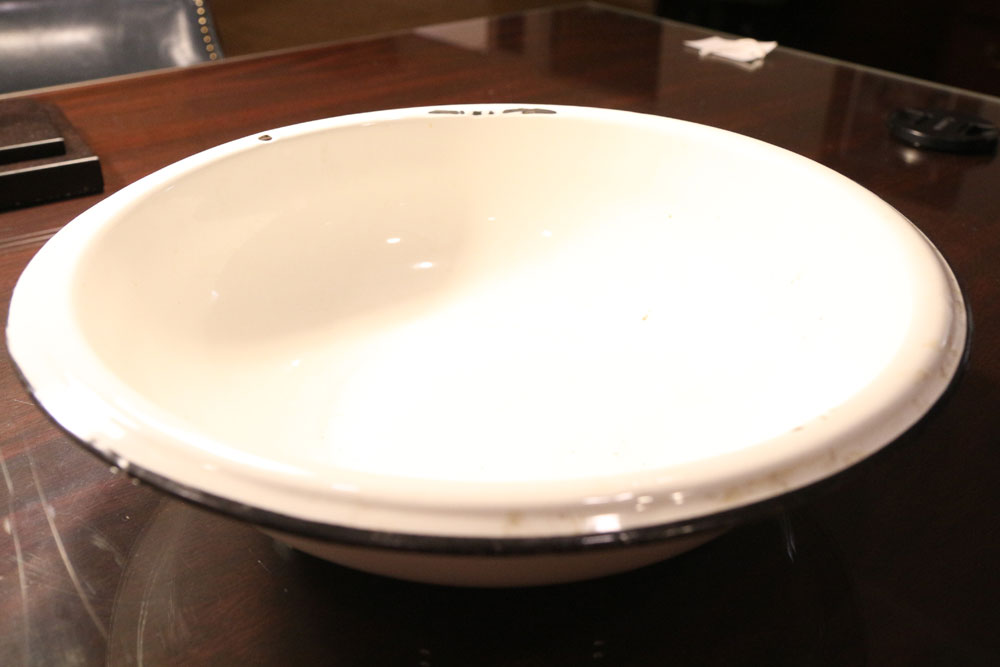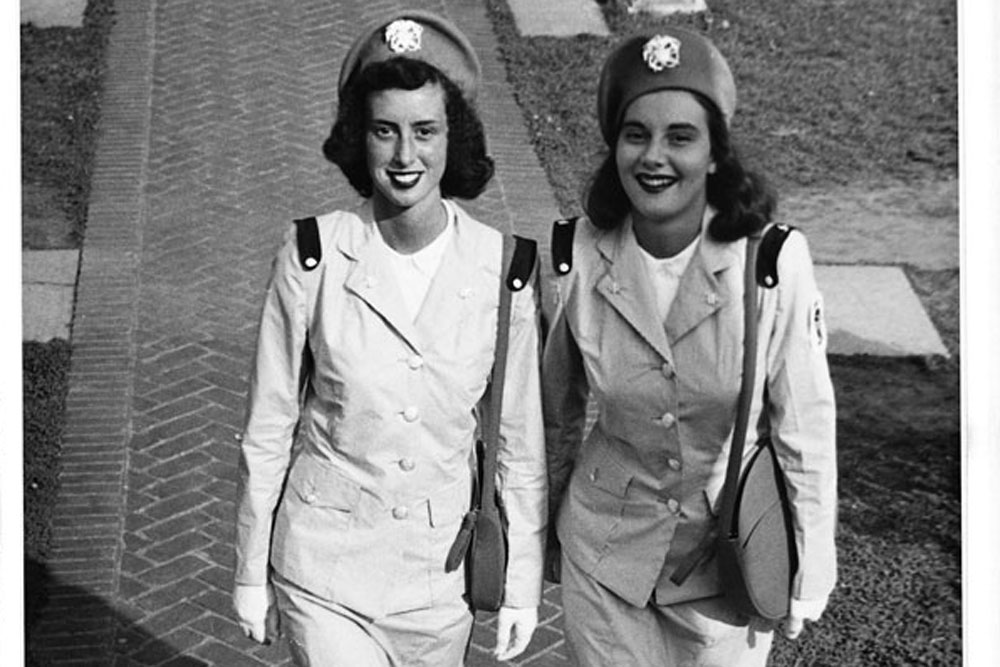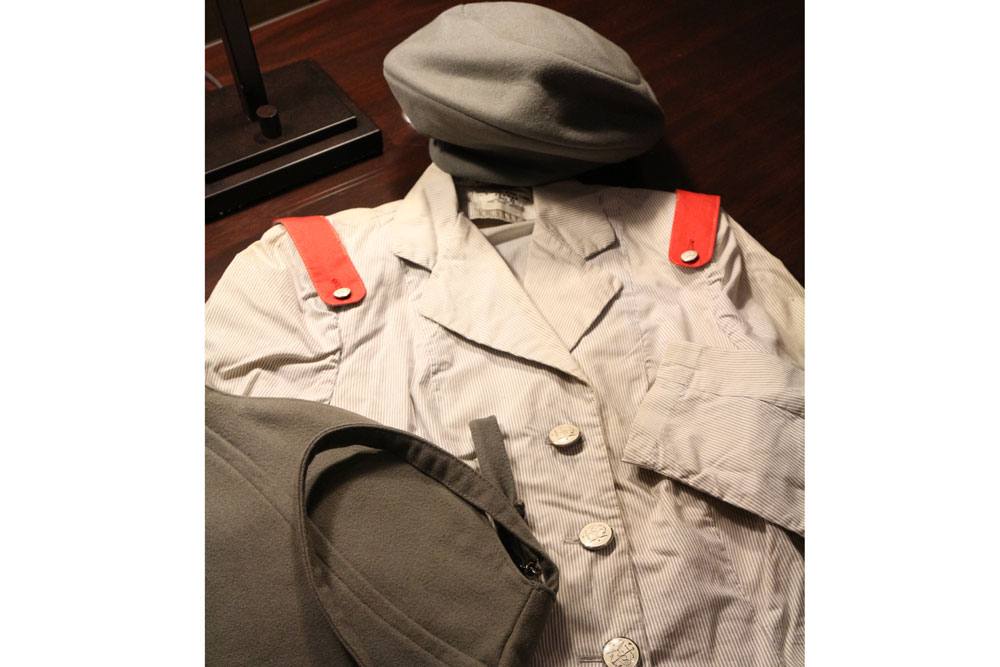A Cadet Nurse Recalls

Time was, says Pat Wood (DIPLO `47), when UVA Hospital nurses sanitized their hands in basins strategically placed at the ward doorways that were filled with roughly three parts ethanol alcohol to one part water, a blue-tinged solution.
“When you came into the ward, and left the ward, you washed your hands,” recalls Wood, who lives in Charlottesville, “and it was the job of the night nurse to change the alcohol supply, usually at midnight, each evening.”
“That night, you could not find an orderly. [They were] all propped up against the wall in the orderlies’ quarters, sound asleep. They had been drinking the alcohol!”
Pat Wood (DIPLO `47)
One night, Wood recalled her roommate Shirley, also a nursing student and a night nurse, being asked by the nursing supervisor as to why the alcohol on the F ward in the basement hadn’t been changed. Shirley surmised that the alcohol had evaporated, and the supervisor insisted that they do the job together the following evening at midnight. When they did, the supervisor added a bottle of chloral hydrate to the solution – a sedative and hypnotic still used today to calm patients prior to surgery – into the basin. Little did the young nurse know it was a stake-out.
“That night,” says Wood, “you could not find an orderly. [They were] all propped up against the wall in the orderlies’ quarters, sound asleep. They had been drinking the alcohol!”
Wood – a Cadet Nurse who enrolled in 1944 – enrolled in UVA’s then three-year diploma program at age 17 ½, and recalls classes beginning quite early in the morning, about 7:30 AM, so that the student nurses could “hurry up and finish and get placed on duty.” Cadet Nurses had many benefits, including free tuition, a residence in McKim Hall (with housemothers), a laundry service, and “nice military uniforms and accessories. Too, they were paid, Wood said, receiving $15 a month their first year, then $25 a month for the next year, and $30 a month during their last 6 months of their third year.
Today, antibacterial gel in the form of hand sanitizer graces the walls both in and outside of patient rooms where nurses, physicians and others can easily and automatically reach for it.
This Flashback Friday brought to you by the archives at #UVA. Special thanks to alumnus Pat Wood for her many thoughtful and poignant recollections.
###


